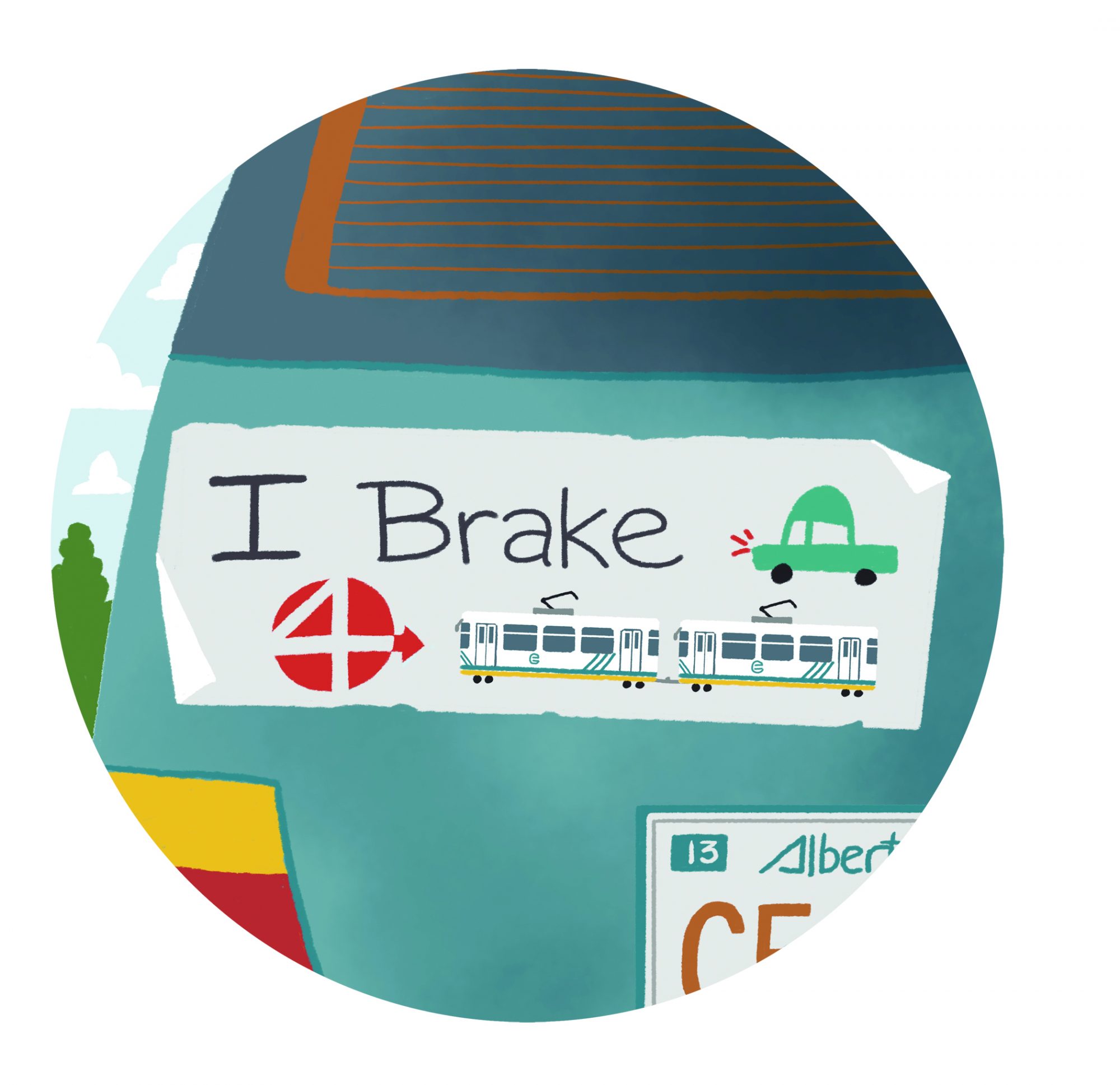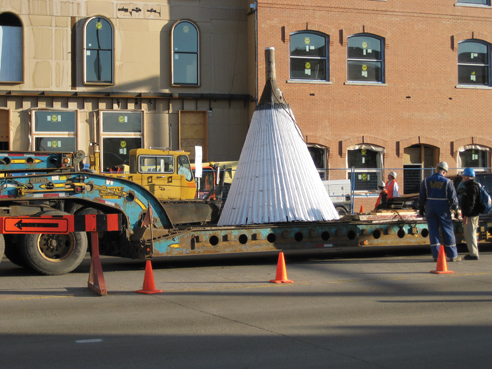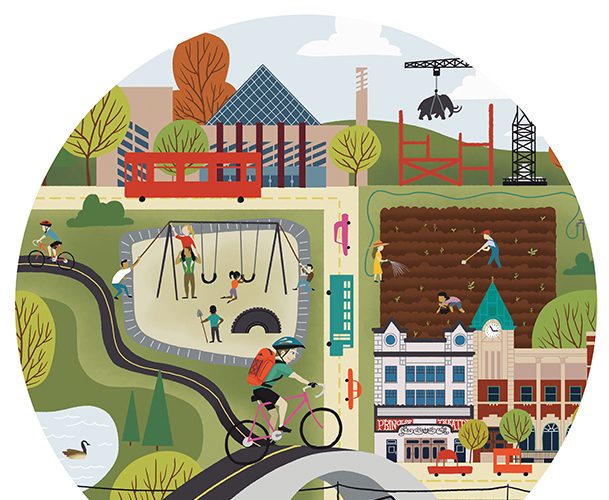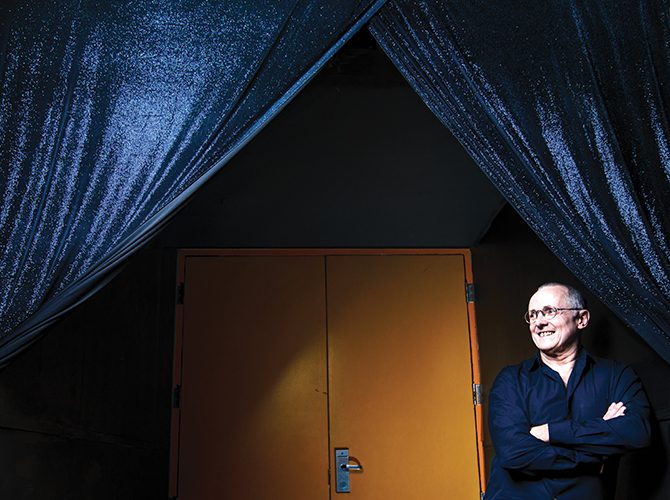Twenty years of bickering over traffic congestion, construction noise, decimated trees, bulldozed houses, presumed decreased property values and predicted increased crime. Two decades; three mayors debating, door-knocking, scrounging for funding, consulting, consulting, consulting, sending citizens to Calgary to see a working residential station, consulting and, finally in 2001, holding a plebiscite that passed with overwhelming support.
Now, residents aren’t just benefitting from the time-saving conveniences of having a neighbourhood station, they’re reaping monetary rewards. According to Royal LePage, the value of homes in both neighbourhoods has outpaced the rest of Edmonton. McKernan prices have risen almost twice as fast and Belgravia nearly quadrupled its prices with 17.5 per cent growth in three years. These findings are consistent with residential stations across North America and one of several reasons Edmontonians are warming up to the once-stalled train.
“The first benefit you see immediately is in the pocketbook, then it’s to your lifestyle,” says Erum Afsar, who’s witnessed the system grow by about one-fifth since starting her role as a City transportation engineer. In the same period, however, annual ridership has soared 75 per cent to 97,000, so it’s not just expansion that’s to thank – it’s a complete shift in how we view rapid transit.
There’s no doubt that cars are still important to Edmontonians. If you set a Google Alert for “potholes” + “edmonton,” your inbox might explode, but support for the LRT is also bubbling up. In Avenue‘s latest survey of more than 1,200 readers, 80 per cent said access to transit and LRT are very important, compared to just 64 per cent who felt the same way about major roads. Pedestrian friendliness (94 per cent) was twice as important to them as parking, which also indicates many Edmontonians are turning away from vehicles.













